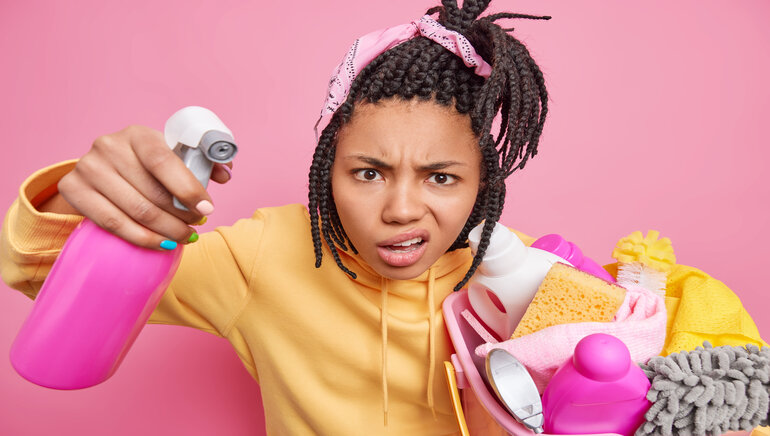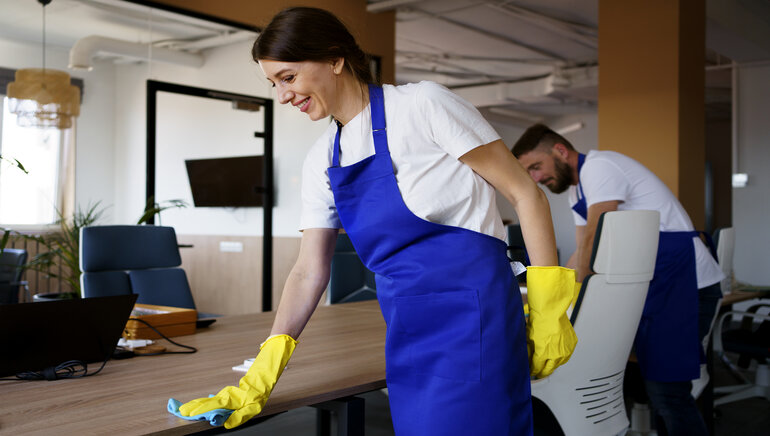Disinfection is a critical process in maintaining hygiene, preventing illness, and ensuring safe environments. Understanding the science behind disinfection helps in choosing the right methods and products.
- 1. How Disinfection Works
- ● Destroying bacteria, viruses, and fungi
- ● Using chemical agents or heat-based methods
- ● Reducing the spread of infections
- 2. Types of Disinfectants
- ● Alcohol-based disinfectants (effective against bacteria and viruses)
- ● Chlorine-based disinfectants (commonly used in hospitals)
- ● Quaternary ammonium compounds (used in surface cleaning)
- 3. Contact Time and Effectiveness
- ● Following manufacturer instructions
- ● Ensuring the surface stays wet during the required contact time
- ● Using the correct concentration for effectiveness
- 4. Common Mistakes in Disinfection
- ● Wiping disinfectants too soon before they take effect
- ● Using expired or improperly stored disinfectants
- ● Not cleaning surfaces before applying disinfectants
- 5. The Role of Technology in Disinfection
- ● Electrostatic sprayers for even coverage
- ● UV-C light systems for eliminating pathogens
- ● Antimicrobial coatings for long-term protection
Disinfection eliminates or reduces harmful microorganisms on surfaces. The process involves:
Different disinfectants work in various ways. Common types include:
For a disinfectant to work properly, it must remain on a surface for a specific time. Important factors include:
To ensure proper disinfection, avoid these common errors:
Advancements in disinfection technology improve hygiene standards. Modern techniques include:
Understanding the science behind disinfection helps in maintaining clean and safe environments. By choosing the right disinfectants and methods, businesses and individuals can effectively reduce the spread of harmful microorganisms.





